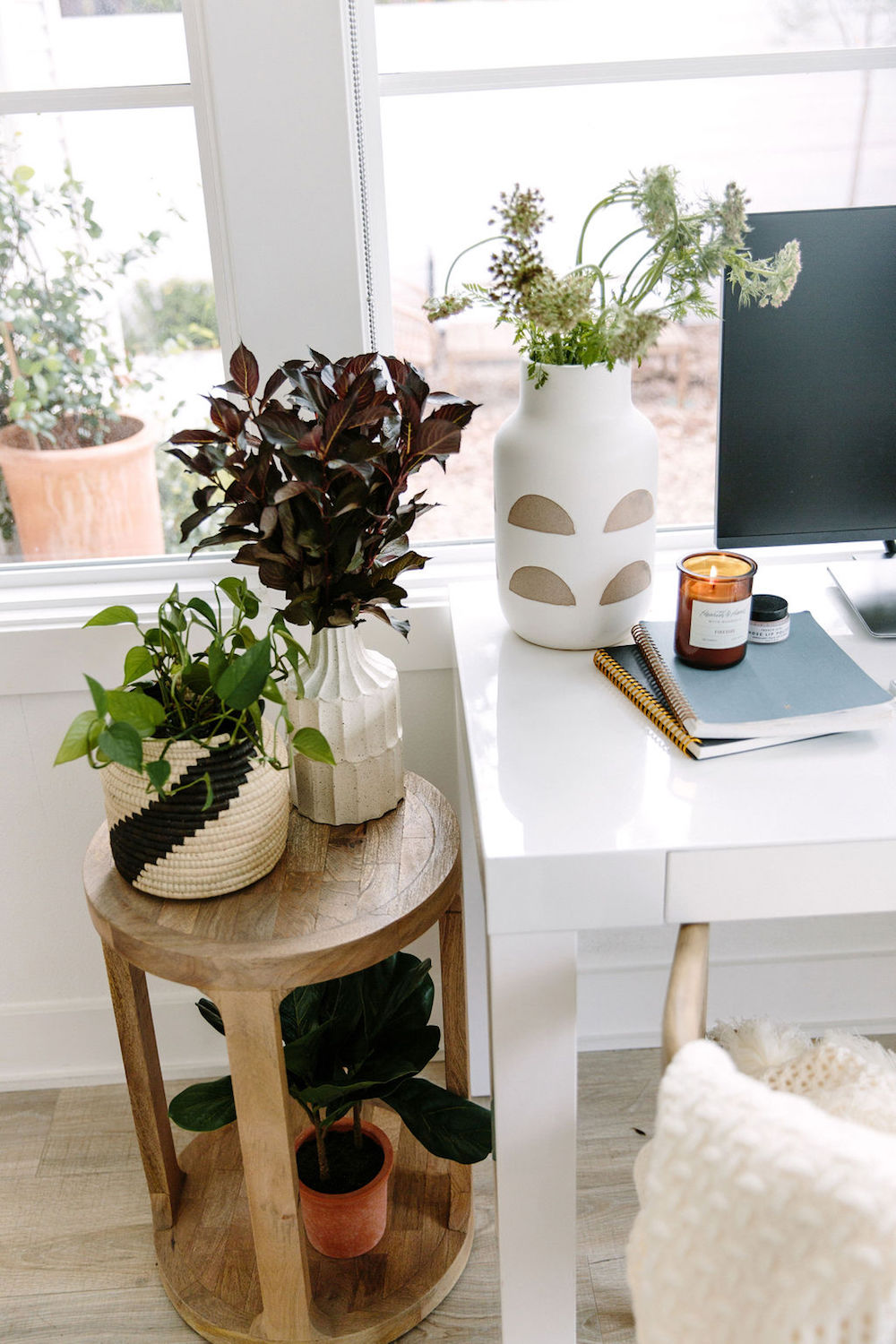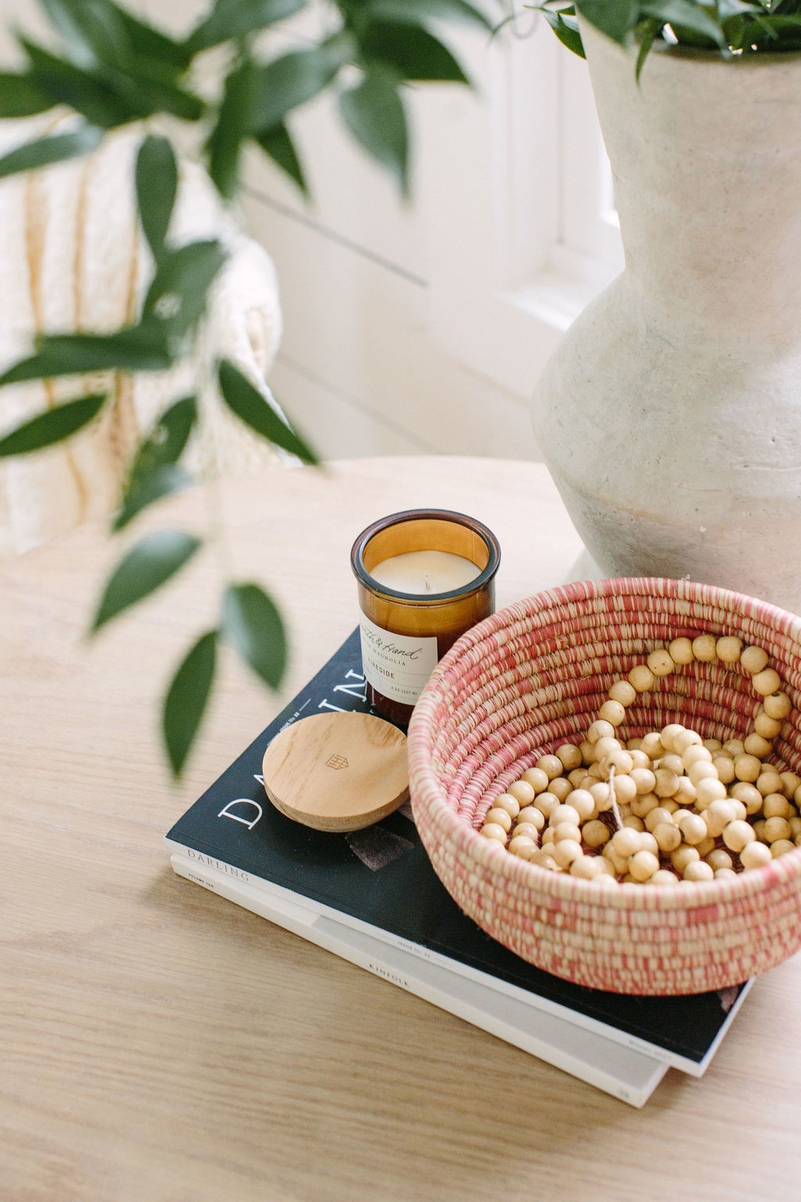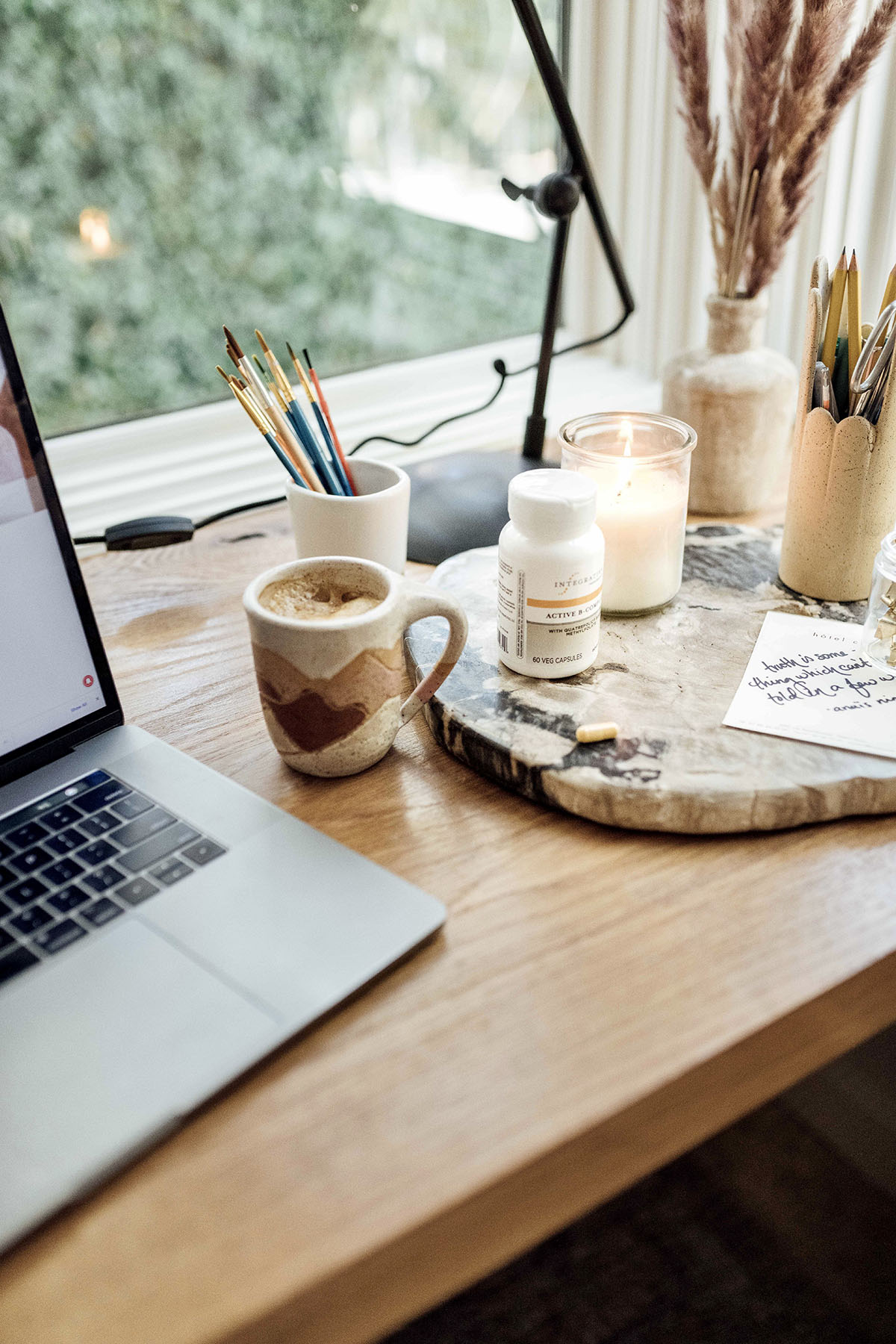Have you ever been working on a project, writing an email, or just trying to get something done and you realize that you’re literally having trouble thinking? Please tell me it’s not just me, ’cause I definitely have moments where I forget what I’m doing in the middle of performing a work task, or trail off in the middle of a sentence and stare off into space for a few minutes because I’m thinking about something else.
There’s not a doubt in my mind that it’s precisely this “doing two things at once” that’s behind my scatterbrained moments, and in today’s increasingly hyper-connected world where we expect ourselves to do 5x more in a day than in previous generations, multi-tasking is the name of the game since we feel like we just can’t get everything done.
Well guys, hate to break it to you, but research proves that multi-tasking is actually one of the worst things we can do for both productivity and the pursuit of creating great work.
As this has become more apparent to me, I’ve made it a goal to start carving out time to do more focused work, and when I do, not only is it higher quality, but I end up feeling happier and more satisfied at the end of the day, too. I’ve been experimenting with a principle called “Time Batching,” which basically means planning out your day so that you concentrate your energy on one task at a time. If you’re writing, you just write. If you’re playing with your kids, you’re not also checking your phone. Emails are grouped into blocks of the day too so that you’re not intermittently checking them and getting distracted all day long. It’s not easy, but trust me when I say that when I manage to do it, it’s revolutionary.
Read on for more proof that time batching is something you should try now, as well as some tips on overcoming the temptation to multitask. The struggle is real, y’all.
*photos by hannah haston, steven simko, clare huntsberger, belathée

Multitasking is a myth.
It’s funny that I used to consider myself to be a “great multitasker;” in actuality, I think that I was simply a habitual multitasker who was actually terrible at it. But is anyone actually good at multitasking? Recent studies show that, despite the fact that many people believe that multitasking is a valuable skill, trying to do two things at once nearly always results in getting less done, poor performance, and frequent mistakes. Instead of doing two things simultaneously, our brains are actually switching back and forth between the two tasks and barely able to focus on either one.

Reject the idea of doing too many things at once.
I’ve realized that this is the belief that most frequently makes me stressed, hurried, and always running five minutes late. Our society romanticizes the constant hustle, and I sometimes find myself thinking that if I really want to achieve my goals, it means I have to do all the things all the time. As a result, I suddenly realize that I’m responding to an email while talking to my husband, talking on the phone while I’m driving, or finishing a blog post while I eat lunch in the name of productivity. In reality, these are behaviors that are preventing me from being fully present and giving my best to any one thing because I’m distributing my focus across multiple things at once.

Distractions take up more of your time than you think.
I’ve actually observed that my ability to stay on task isn’t quite as good as it used to be – a single project can take me twice as long to complete as it should because of disruptions, many of which are self-inflicted (ie. leaving my text messages on and my email within view while trying to write an article.) Research shows that when office workers are mid-project and are interrupted by anything—an email, text message, checking Instagram, a conversation with a coworker—it takes an average of 25 minutes to refocus their attention on the original task.
When we focus our attention from one thing to another, it pulls us out of any deep, creative thinking we might have been engaged in – and it takes time to even remember where we were so we can pick back up where we left off.

Start time-batching to save the day.
Time-batching is a business buzzword of the moment, but I have a feeling that many of history’s greatest thinkers and creatives engaged in it because they inherently knew that in order to produce the work they needed to, they had no choice but to give it their undivided attention. Plus, I’ve discovered that when I wholeheartedly throw myself into one thing at a time, I experience the happiness-inducing benefits of being in a flow state of creative work.

You’re convinced, now what?
Okay, here’s how my time-batching looks on an actual day-to-day basis. I’ve shared before how I always set my alarm a little earlier than everyone else in my house so I have some uninterrupted time to think and plan my day ahead. So I’m actually time-batching my time-batching (I know, I’m getting meta.) I start by opening up my Evernote to-do list and prioritize because deciding what’s most important is really the heart and soul of the time batching principle. I put a star by the items that absolutely no matter what has to get done that day, and then I open up my Google calendar and actually block out the time to accomplish them so that other distractions can’t pop up and get in the way of what’s most important. Nothing is too small or too weird to put on this calendar. I regularly write things like “pay invoices,” “answer an email to [specific person],” “take Henry to the park” or “order groceries.”

Resist the saboteurs.
You know the ones. Whether it’s your text messages, Instagram feed, Netflix queue, newsfeed, or email, we’ve all got those technological drugs of choice that serve as easy candy to distract us when our brains start to feel fatigued from sticking to one task. These are the ones that require an active opposition in order to resist the tempting hits of dopamine that they offer. For me, this means actually closing out of my email, turning off my text notifications, and sometimes heading to a coffee shop to get work done if I need to resist the temptation of diving into conversation with my coworkers about last night’s Chef’s Table.

What else can you time batch?
Turns out, just about anything.
Brainstorming and Goal-Setting: I do this first thing in the morning when I wake up: there’s something about sitting down in a quiet house with a fresh notebook and pen that gets my creative juices flowing, and this is a time when I can think about more high-level ideas since I haven’t yet had a chance to get down in the weeds of the day-to-day challenges of the business.
Text Messages/Direct Messages: I have a tendency to be super reactive to these because I get nervous that I’ll read and forget to respond. So rather than replying to them all day, I’ve found it makes way more sense for me to just save reading them until certain points of the day when I can focus on the messages and thoughtfully respond right then.
Time with family and friends: This is a big one for me since I used to be that person who was checking my emails and texts while I was chatting with my mom or playing with my kids. I still have moments where I fall into the trap of multitasking here, but I’ve found that when I intentionally carve out totally undistracted time, it ensures that I can really listen and give my full attention.

—
Have you guys tried time batching? I’d love to hear any tips and tricks that you’ve successfully used for combatting the temptation to multitask – leave us a comment!
This post was originally published on November 4, 2019, and has since been updated.




